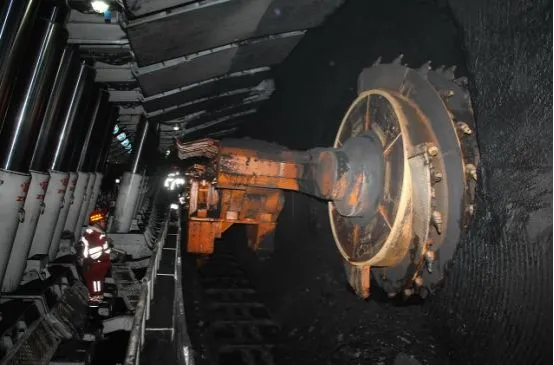10 月 . 30, 2024 18:25 Back to list
air release valve
Understanding Air Release Valves Their Importance and Functionality
Air release valves, often referred to as air vents or air relief valves, play a crucial role in various fluid transport systems, particularly in water distribution networks and wastewater management systems. These valves are designed to automatically release trapped air from pipelines, thus ensuring the efficient and safe transportation of fluids.
In many fluid systems, air may inadvertently accumulate at high points in the pipeline. This is particularly common in long runs of piping or where there are significant elevation changes. The presence of trapped air can lead to several issues, including reduced flow capacity, increased potential for pipeline bursts, and inefficient pump operation. This is where air release valves come into play.
The primary function of an air release valve is to vent accumulated air out of a pipeline while preventing the escape of fluid. They typically feature a float mechanism that rises and falls with the water level in the pipe. When air builds up, the float drops, allowing air to escape through a small orifice. Once the air is released and the water level rises, the float ascends, closing the valve and sealing the pipeline.
Air release valves contribute significantly to the efficiency of a fluid transport system. When air is allowed to escape, water can flow freely, reducing the risk of cavitation in pumps and the occurrence of water hammer—a pressure surge that can cause serious damage to pipes and fittings. By maintaining optimal pressure levels within the pipeline, these valves help extend the life of the infrastructure and reduce maintenance costs.
air release valve

Moreover, air release valves are vital in preventing contamination in water supply systems. If air is allowed to accumulate, it can create a vacuum that might draw in contaminants from the surrounding environment. Properly functioning air release valves help mitigate this risk, ensuring that the transported fluid remains uncontaminated.
Choosing the right air release valve is crucial for the system's overall performance. Factors such as the diameter of the pipeline, the expected flow rates, and the specific application must be considered. There are different types of air release valves available, including automatic, manual, and combination valves, each serving distinct requirements within a system.
Installation and maintenance are also key components to ensure the longevity of air release valves. Regular checks and servicing can prevent malfunctions and blockages. It is important to clean the valve orifices and inspect the float mechanism to ensure it operates as intended.
In summary, air release valves are essential components in fluid transport systems, providing significant benefits in terms of efficiency, safety, and contamination prevention. By understanding their importance and maintaining them properly, operators can ensure the smooth and reliable operation of their piping systems, ultimately leading to better resource management and reduced operational costs. As industries continue to evolve and the demand for efficient fluid transport grows, the role of air release valves will remain critical to maintaining the integrity and effectiveness of these essential systems.
Share
-
Understanding the Differences Between Wafer Type Butterfly Valve and Lugged Butterfly ValveNewsOct.25,2024
-
The Efficiency of Wafer Type Butterfly Valve and Lugged Butterfly ValveNewsOct.25,2024
-
The Ultimate Guide to Industrial Swing Check Valve: Performance, Installation, and MaintenanceNewsOct.25,2024
-
Superior Performance with Industrial Swing Check Valve: The Essential Valve for Any SystemNewsOct.25,2024
-
Industrial Swing Check Valve: The Ideal Solution for Flow ControlNewsOct.25,2024
-
You Need to Know About Industrial Swing Check Valve: Functionality, Scope, and PerformanceNewsOct.25,2024